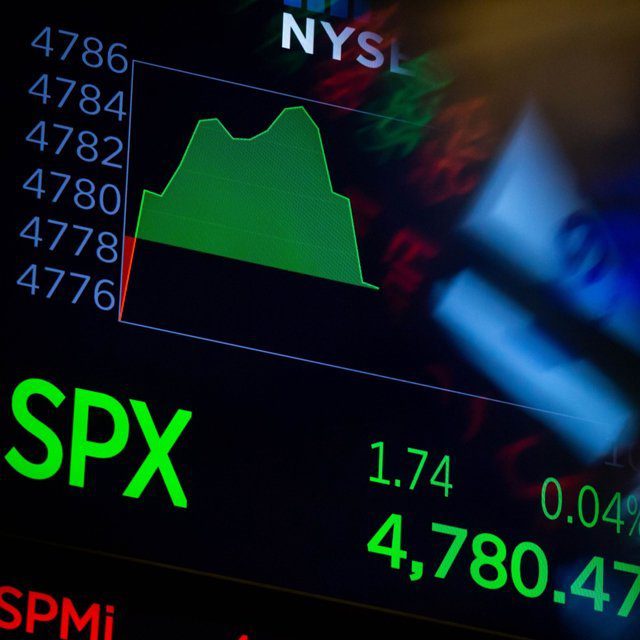Death of the 60/40 Portfolio 'Exaggerated': LPL Strategist

“That decline translates into almost a 2 percentage point improvement in the annual return expectation of the S&P 500 over the next 10 years, although many factors can strongly influence the actual outcome,” Gilbert wrote. “Outside of earlier this year, that’s the fastest one-year improvement in the forward P/E since 2009. Even with the dramatic decline in P/E, S&P 500 valuations are still slightly above their historical average, but the improvement is meaningful.”
Gilbert also noted the improvement in bond valuations, stating that the yield on the Agg at the end of May 2021 was 1.50%, compared with 3.53% on Wednesday. “This is the fastest one-year improvement in yields since 1995,” he wrote. “That likewise represents an improved annual expected return of roughly 2 percentage points over the next 10 years. There are factors that can make the actual outcome differ from the expectation here as well, but the difference is less variable than for stocks simply because you know the price you’ll get for a bond at maturity.”
S&P Valuations, While Improved, Remain High
Gilbert acknowledged that stock valuations beyond the S&P 500 have improved as well, “and some may offer even better value.” Even with the recent valuation improvement, the S&P 500 P/E sits in the 82nd percentile of all values for the past 20 years, based on FactSet data, with higher percentiles representing less attractive valuations.
Some market areas, in contrast, are in the 10th percentile or lower of all values over the same timeframe “and sitting near levels only seen during the Great Financial Crisis and in March of 2020. Prospects for long-term returns for small caps have improved, for example, as valuations have dipped well below long-term averages,” Gilbert wrote.
Some bond market pockets also are sitting at “unusually high yield levels relative to the past decade,” he said. “For both stocks and bonds, attractive valuations tend to be accompanied by very challenging economic conditions, but the most opportune moments often are. Where we see the best strategic opportunities is a piece for another day, but pockets of even more attractive, even extreme, valuations do suggest that for long-term investors there may be ways to further diversify a traditional 60/40.”
While valuation changes have improved the outlook for the 60/40 portfolio on both the stock and bond sides, the firm sees that allocation “only as a starting point for an appropriate investor. And even if the traditional 60/40 portfolio is very much alive, as we believe, there may still be opportunities to improve the risk profile of a portfolio, whether through greater diversification within stock or bond holdings, active management, or investment opportunities outside of traditional stocks and bonds.”
Despite last week’s losses, LPL doesn’t believe it’s in a position yet to call a tactical bottom for stocks or bonds, Gilbert wrote, but based on better valuations and mostly favorable fundamentals, “we think the long-term outlook has brightened quite a bit.”
(Image: Bloomberg)


